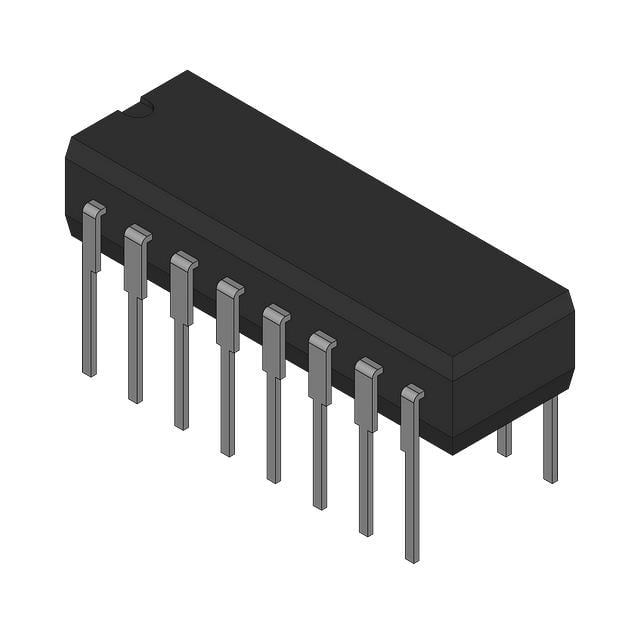54HCT Series, Filters - Active
Results:
1
Manufacturer
Series
Operating Temperature
Qualification
Package / Case
Logic Type
Supply Voltage
Number of Bits
Grade
Mounting Type
Supplier Device Package
Results remaining:1
Applied Filters:
54HCT
About Filters - Active
Filters - Active refers to a category of electronic filters that are utilized in interface circuits or systems to selectively attenuate or amplify specific frequencies of signals. Unlike passive filters, active filters employ active components such as operational amplifiers (op-amps) or transistors to achieve desired filtering characteristics. Active filters are designed to manipulate the amplitude, phase, or frequency response of input signals to meet specific requirements in signal conditioning, noise suppression, or frequency shaping. These filters offer advantages such as adjustable gain, higher precision, and greater flexibility compared to passive filters. Here are some key points regarding active filters: Amplification and Filtering: Active filters can simultaneously amplify and filter signals, allowing for precise control over the gain and frequency response. This capability is particularly useful in applications where specific frequency ranges need to be amplified or attenuated while maintaining signal integrity. Op-Amp-Based Design: Active filters commonly utilize operational amplifiers (op-amps) as key building blocks. Op-amps are used to implement different filter configurations, such as Butterworth, Chebyshev, Bessel, or Elliptic filters. The op-amp's high gain and low output impedance enable accurate and customizable filtering. Adjustable Parameters: Active filters often feature adjustable parameters, such as cutoff frequency, gain, or Q factor. These adjustable parameters allow for real-time optimization and customization of the filter's response to suit specific application requirements. Signal Conditioning: Active filters are frequently employed in signal conditioning applications, such as anti-aliasing filters in analog-to-digital converters (ADCs) or preamplifier stages. These filters help remove unwanted noise, harmonics, or interference from the input signals, ensuring clean and reliable data acquisition or processing. Frequency Shaping: Active filters can shape the frequency response of signals by emphasizing or attenuating specific frequency bands. This capability is advantageous in audio applications, equalizers, or tone control circuits where precise control over the frequency spectrum is desired. Active filters find applications in various fields, including telecommunications, audio processing, instrumentation, control systems, and biomedical devices. They are utilized to enhance signal quality, suppress noise, eliminate unwanted frequencies, and tailor the frequency response to meet specific design criteria. The flexibility, precision, and amplification capabilities of active filters make them indispensable components in many electronic systems requiring advanced signal processing.

